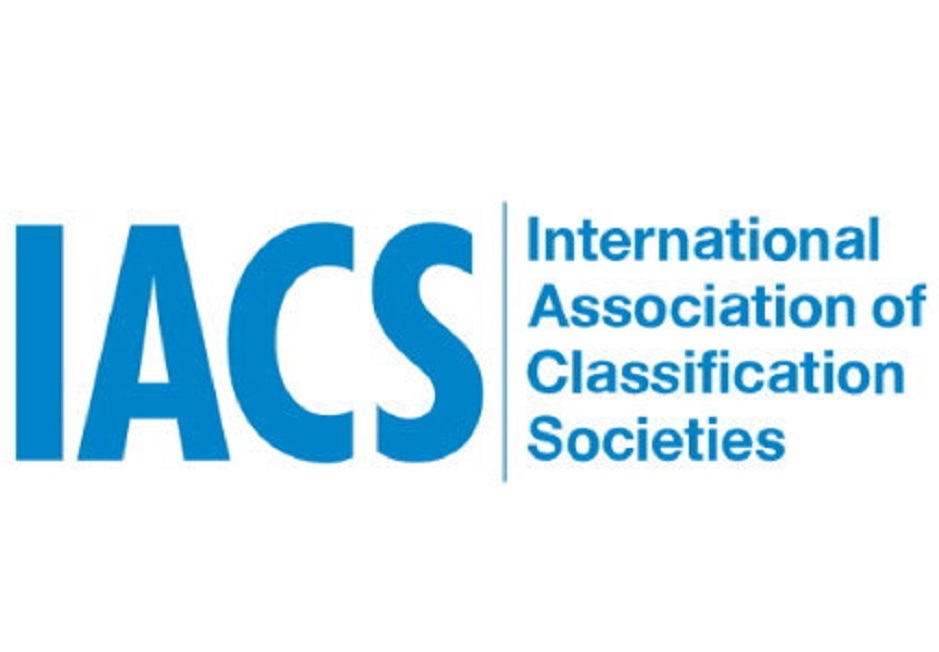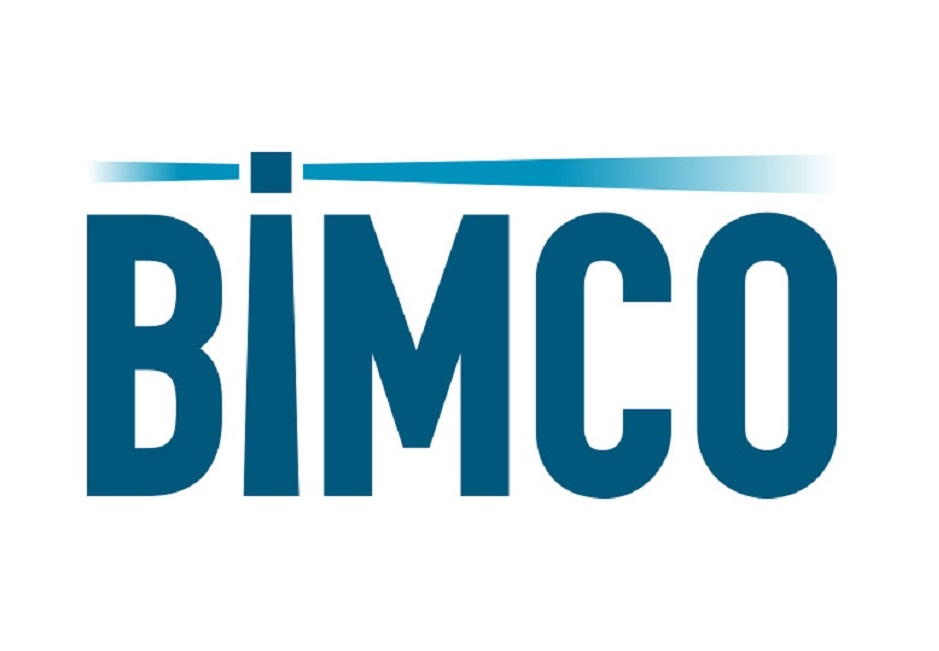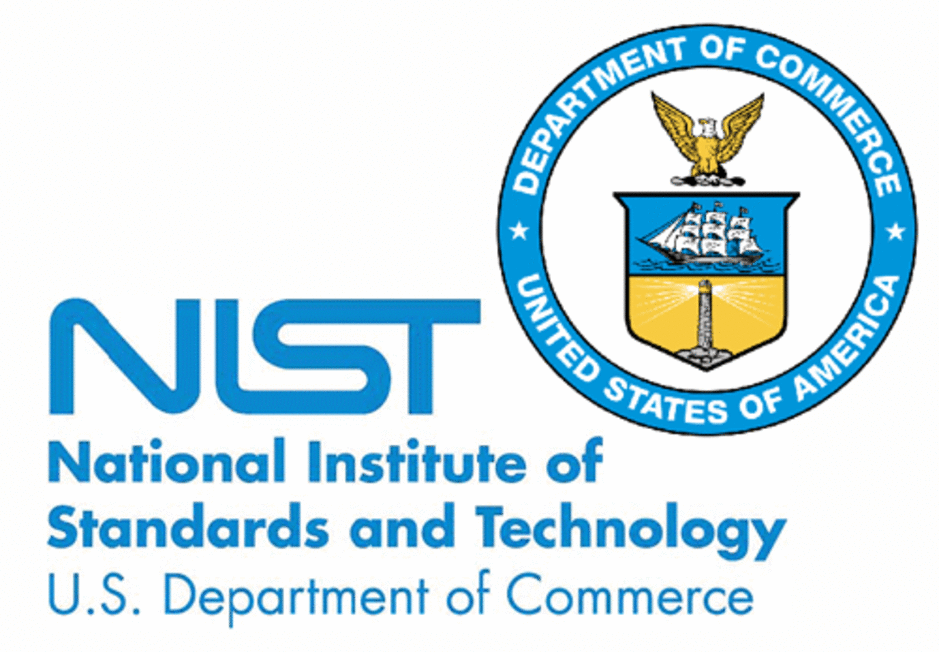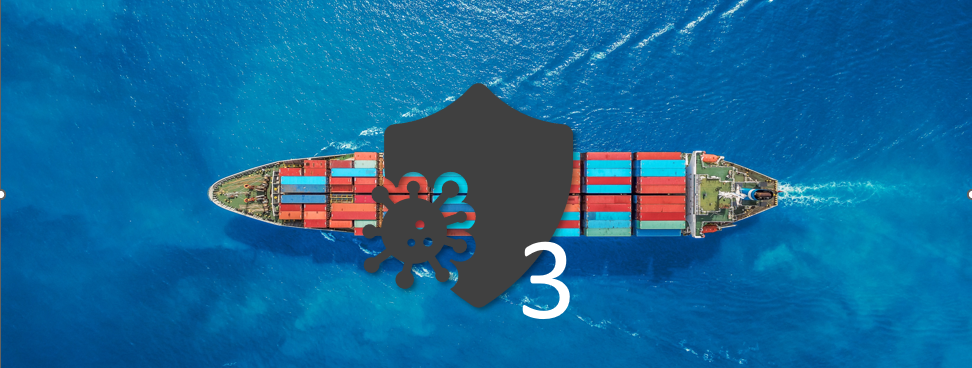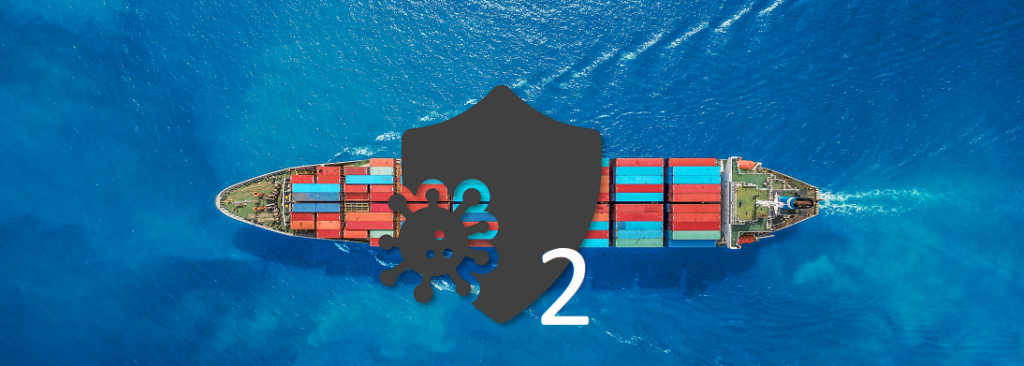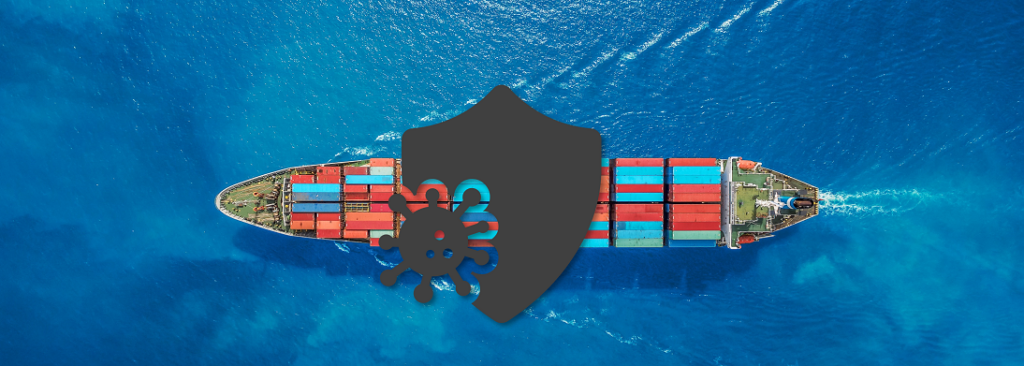Cybersecurity Solution for your Fleet
CYBERSECURITY SOLUTION
FOR YOUR FLEET
Asset inventories, cybersecurity plans, IT and OT audits and a powerful
monitoring system to control threats and cyber attacks
Services Designed for Each Installation
Services Designed for
Each Installation
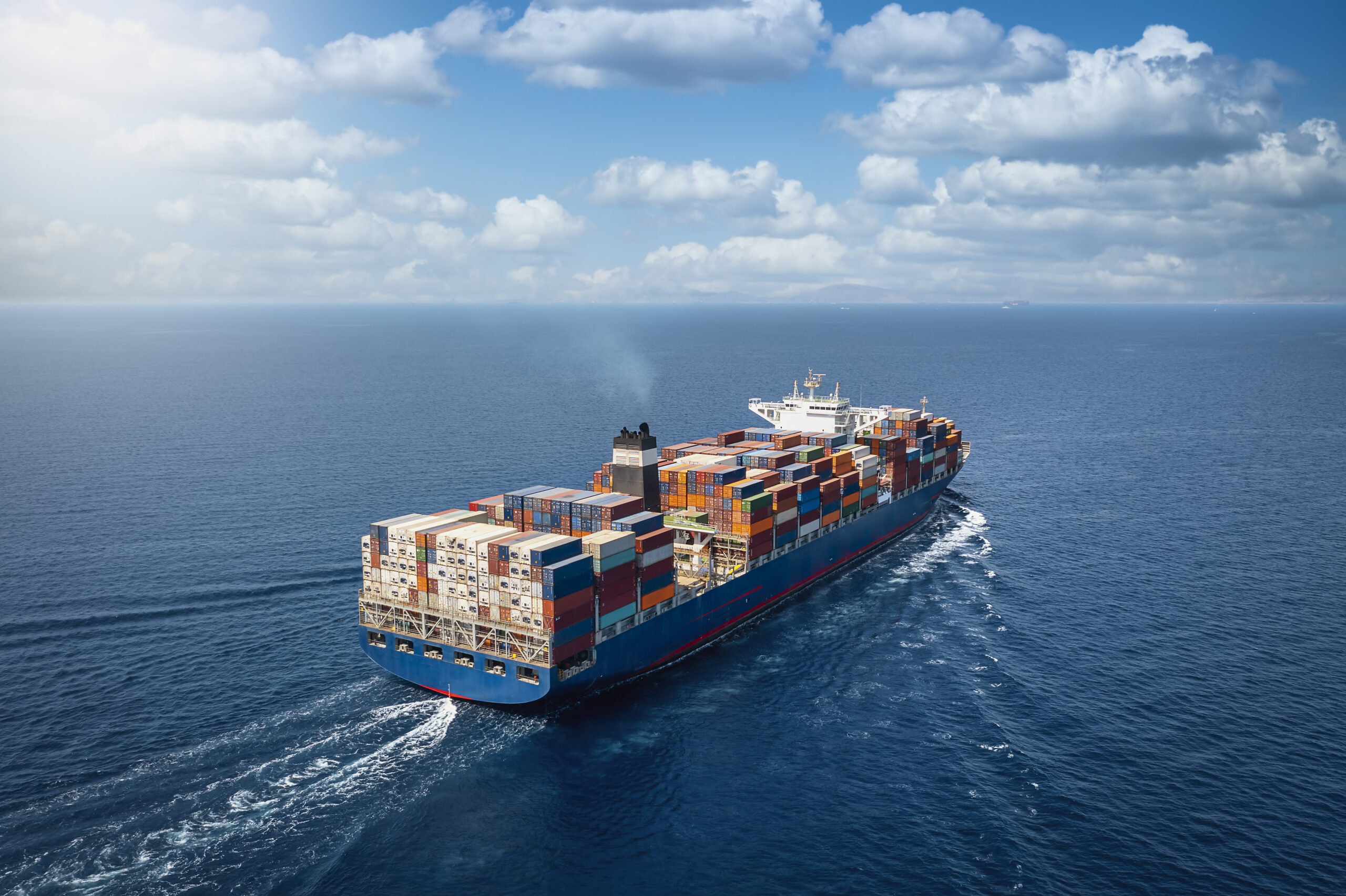
SHIPS IN OPERATION
We provide the services, hardware and software necessary to mitigate the security vulnerabilities of vessels in operation.

NEW BUILDINGS
We introduce cybersecurity at all stages of a new building: from the signing of the contract to the delivery of the ship to the shipowner.

OFFICES & OTHER CENTRES
We set the same level of security for all company sites and vessels. Threats could come from, any installation at land or sea.
GLORIA Security Monitoring System
GLORIA Security Monitoring System
After making the fleet and the rest of the company’s sites cyber resilient, it is necessary to monitor their security status. The GLORIA monitoring system allows to receive readings from installed probes, detecting and analysing threats, seting up automatic remediation, visualising the status of all our assets…
Some of Our Advance Cybersecurity and Intelligence Services
Some of Our Advance Cybersecurity and Intelligence Services
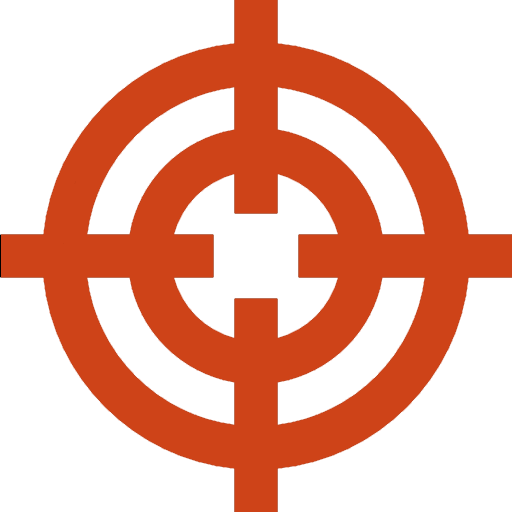
Threat Hunting
Tailored proactive searches, based on known patterns
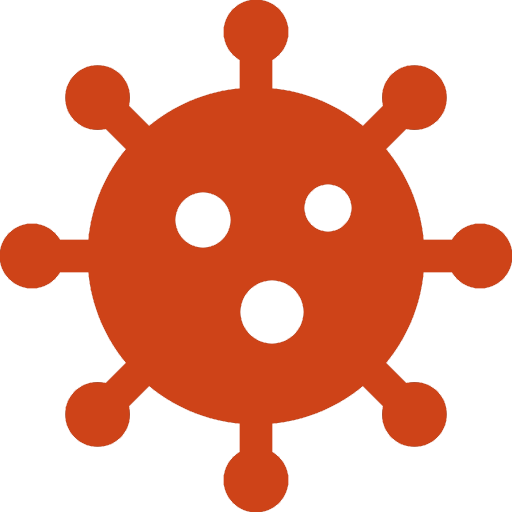
Ransomware Resilience
Simulation to validate procedures, tools and skills
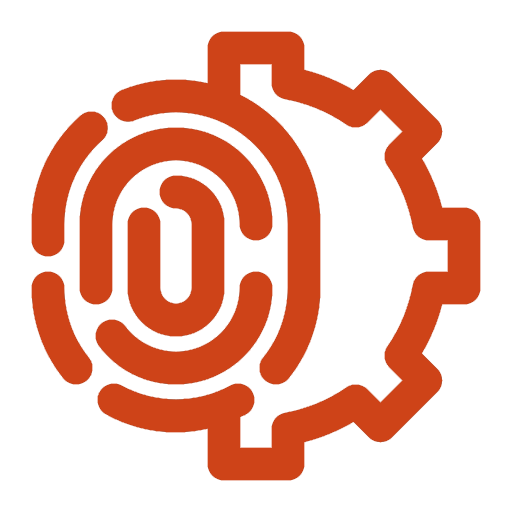
Forensic Analysis
Origin of infection, infected assets, activities carried out…
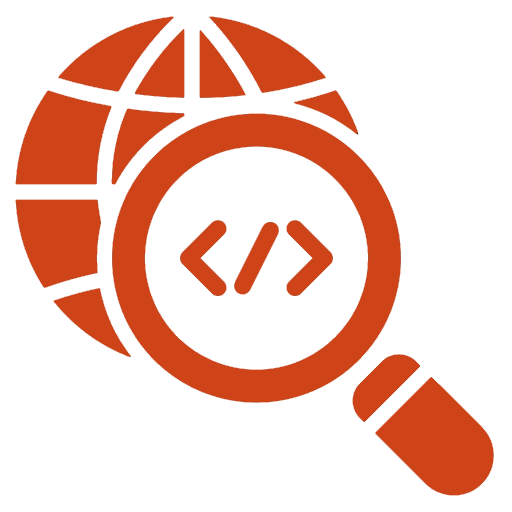
Digital Surveillance
Monitoring of company information in open networks
Regulations and Support Documentation
Regulations and Support Documentation
Latest Cyber Blog Articles
Cybersecurity in Shipping- Protecting Shore-based Centres
The headquarters of a shipping company are where the critical systems of the organization reside,…
Cybersecurity in Shipping – Ship Security
This article is the second in a series of three, that attempt to analyse the…
Cybersecurity in Shiping- Cybersecurity Plan
Shipping companies are currently facing the same challenge that other industrial sectors have already experienced…


